Ceiba pentandra (L.) Gaertn. |
| |
|
|
Botanical Name |
: |
Ceiba pentandra (L.) Gaertn. |
English
Name |
: |
Kapok tree |
Synonym(s) |
: |
Eriodendron anfractuosum DC.; Gossampinus rumphiiSchott |
Family |
: |
Bombacaceae |
| |
General Info
| Description |
 |
|
Tree grows to a height of 40m with a girth of 3m. Wood is whitish and soft. Bark is smooth and greenish, and produces a few thorns, which are conical. Leaves are palmate and up to 40cm in diameter and consist of 7–8 folioles, which are 5cm × 1.5cm.Flowers are tubular, whitish to pink, in axillary fascicles. Fruits are green, fleshy, fusiform capsules 8cm – 14cm × 4.5cm – 7cm, containing up to 175 seeds 4–8mm long, which are minute and comose. |
| Herb Effects |
 |
|
antidiabetic, antiinflammatory |
Chemistry
| Active Ingredients |
 |
|
Beta-sitosterol, gossypol, lignoceric acid, linoleic acid, myristic acid, oleic-acid, palmitic-acid, stearic acid (seed); kaempferol (flower); caffeic acid, quercetin (leaves); HCN, lupeol, tannin (bark). |
| Chemistry
of Active Ingredients |
 |
|
|
 |
Name |
CAS# |
IUPAC Name |
Formula |
Structure |
 |
|
| Beta-Sitosterol |
5779-62-4 |
17-(5-ethyl-6-methyl
-heptan-2-yl)-10,13-
dimethyl-2,3,4,7,8,9
,11,12,14,
15,16,17-dodecahydro
-1H-cyclopenta[a]phe
nanthren-3-ol |
C29H50O |
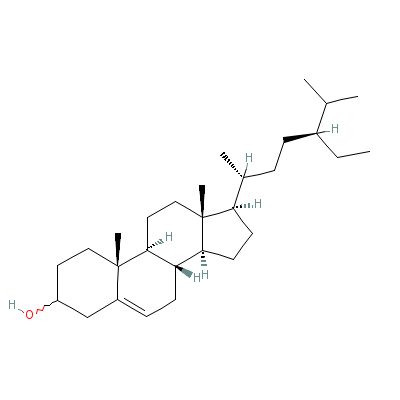
|
| Gossypol |
12542-36-8 |
7-(8-formyl-1,6,7-tr
ihydroxy-3-methyl-5-
propan-2-yl-naphthal
en-2-yl)-2
,3,8-tri
hydroxy-6-methyl-4-p
ropan-2-yl-naphthale
ne-1-carbaldehyde |
C30H30O8 |
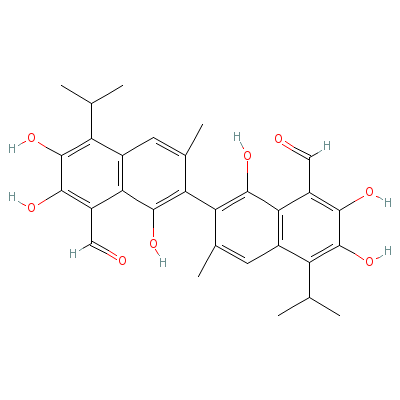
|
| Lignoceric acid |
66502-42-9 |
tetracosanoic acid |
C24H48O2 |
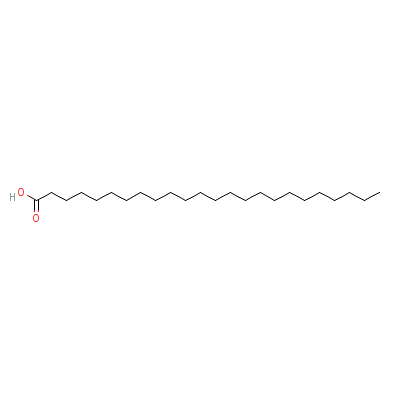
|
| Myristic Acid |
Not Available |
Hexane |
C6H14 |

|
| Oleic acid |
8046-01-3 |
octadec-9-enoic acid |
C18H34O2 |
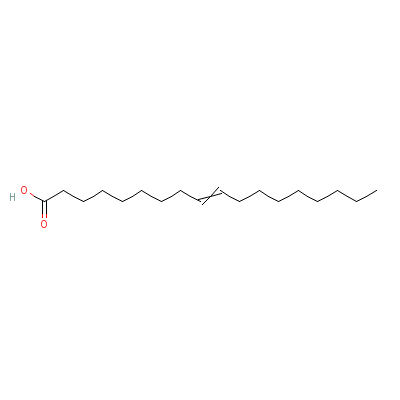
|
| Palmitic acid |
66321-94-6 |
Hexadecanoic acid |
C16H32O2 |
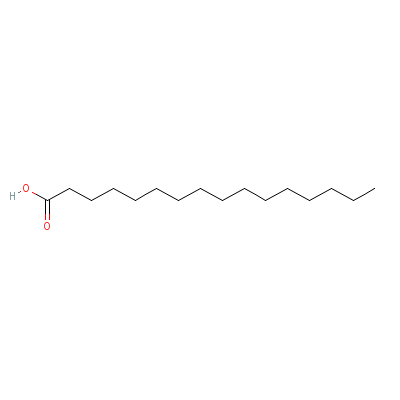
|
| Stearic acid |
82497-27-6 |
octadecanoic acid |
C18H36O2 |

|
| Kaempferol |
80714-53-0 |
3-[3-[4,5-dihydroxy-
6-(hydroxymethyl)-3-
[3,4,5-trihydroxy-6-
(hydroxyme
thyl)oxa
n-2-yl]oxy-oxan-2-yl
]oxy-4,5-dihydroxy-6
-(hydroxymethyl)oxan
-2
-yl]oxy-4,5-dihy
droxy-2-(4-hydroxyph
enyl)-chromen-7-one |
C33H40O21 |
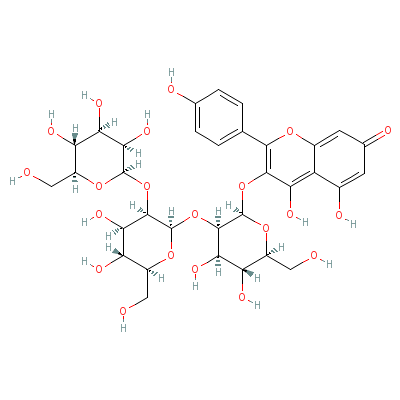
|
| Caffeic acid |
Not Available |
3-(3,4-dihydroxyphen
yl)prop-2-enoic acid |
C9H8O4 |
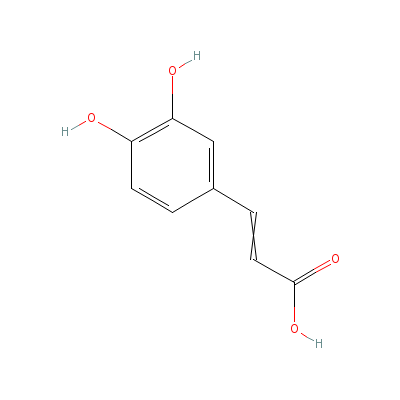
|
| Quercetin |
Not Available |
2-(3,4-dihydroxyphen
yl)-3,4,5-trihydroxy
-chromen-7-one |
C15H10O7 |
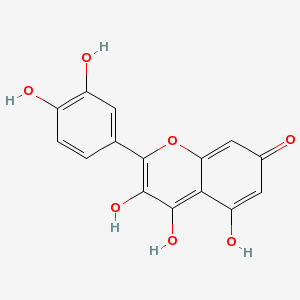
|
| HCN |
Not available |
Hydrogen cyanide |
CHN |
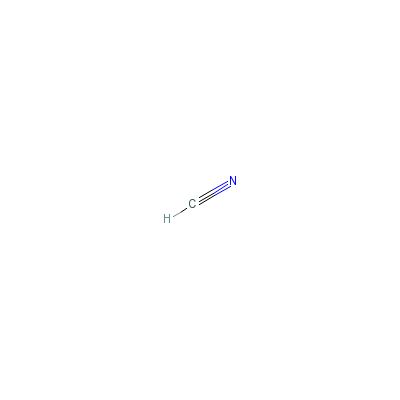
|
| Lupeol |
Not Available |
Not Available |
C30H50O |

|
| Tannin |
1401-55-4 |
Not Available |
C27H22O18 |
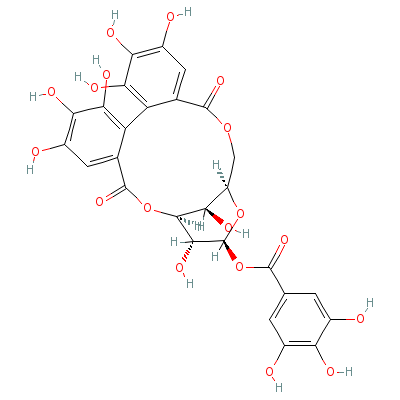
|
| Linoleic acid |
8024-22-4 |
Octadeca-9,12-dienoi
c acid |
C18H32O2 |
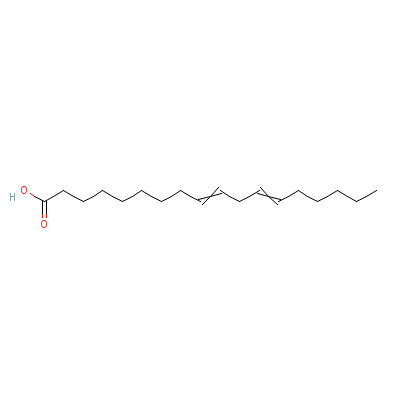
|
|
Pharmacology
| Medicinal Use |
 |
|
To treat gonorrhea (leaves); to reduce fever and to invigorate (roots); used to promote urination, to treat gonorrhea, to reduce fever, and to treat diarrhea and asthma (bark); in gravels (decoction of plant); in syphilis (decoction of leaves); to treat asthma and coughs (juice of leaves); in fever, to promote libido, in dysentery, menorrhagia, and diabetes (plant exudate). |
| Reference |
 |
|
 Christophe Wiart. Medicinal Plants of Asia and the Pacific, P:84-85, CRC Press, June 2006 Christophe Wiart. Medicinal Plants of Asia and the Pacific, P:84-85, CRC Press, June 2006
|
Dealers
Products
|
|